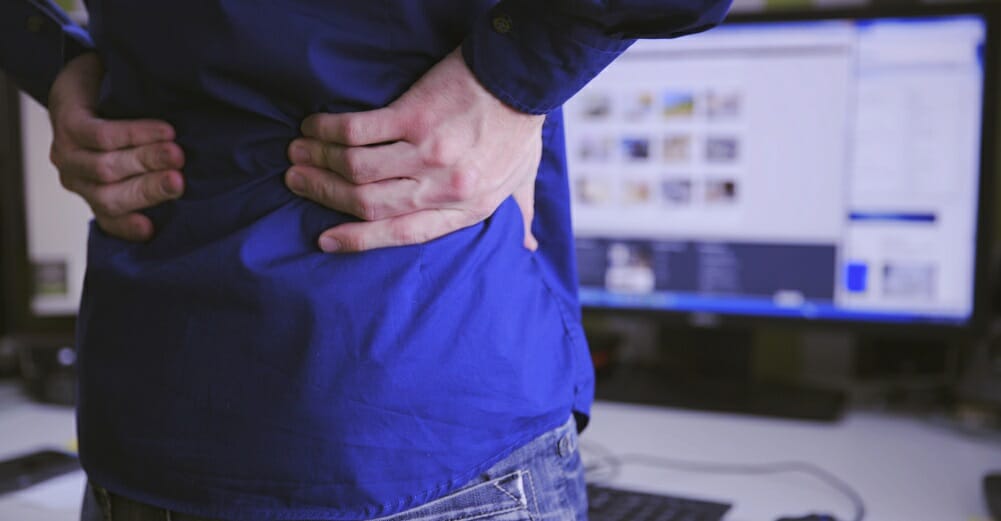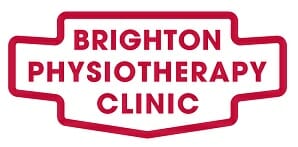Treatment fir Muscle Spasms
Muscle spasms are harmless and involuntary contractions of the muscle. Muscle spasms can affect a singular muscle or a group of muscles. Spasms can also extend to hollow organs such as the heart. A muscle spasm can be in the form of muscle cramps, a series of spasms called a spasmism, or even dystonia.
In some cases, muscle spasms may be hypertonic meaning there’s too much tension in a resting muscle. A hypertonic muscle spasm is permanent unless treated. Muscle spasms ordinarily subside after some minutes but may occur repeatedly. With regular exercises and physiotherapy or chiropractic care, the occurrence of muscle spasms is greatly reduced.
Forms of Muscle Spasm
There are several forms of muscle spasm. Whilst some are not specifically muscle spasms, they involve involuntary contraction of a muscle. Different forms of muscle spasm include:
Skeletal Muscle Spasm
When muscle spasm involves the skeletal muscles of the spine and limb, it is referred to as skeletal muscle spasm. These muscles are responsible for posture and locomotion, so spasm can be caused by overuse. Acute skeletal muscle spasm can also be caused by injury. Chronic cases mostly have an underlying medical condition behind it.
Smooth Muscle Spasm
Sometimes muscle spasms involve the muscles lining certain hollow organs of our bodies such as the heart, intestines, and the colon. These muscles are known as smooth muscle and the contractions are called smooth muscle spasms. An episodic contraction of these smooth muscles is known as colic.
Muscle Cramps
Muscle cramps are a form of muscle spasms that are abrupt, painful and unpleasant. They can be caused by muscle fibres shortening, and it can affect both the skeletal muscle and the smooth muscle. IN addition to menstrual cramps, nocturnal cramps are quite common and mostly affect pregnant women.
Muscle Twitch
A muscle twitch, also known as a fasciculation, is not strictly a muscle spasm as it only affects a small segment of muscle. It is an involuntary and uncontrollable contraction or fine movement of such muscles. Muscles of the eyelid, calf, thumb and even thigh are prone to such twitches. Muscle twitches can also be a sign of serious neurological conditions.
Signs and Symptoms
The major sign of a muscle spasm or cramp is a sharp pain at the location in question. You may also feel a hard lump of muscle tissue. For smooth muscle cramps (colic), you may feel the sudden need to move around or develop nausea.

Complications
A muscle spasm can lead to tears or strains in the ligaments and tendons. The muscle spasms may be permanent, which is a condition known as spasmism. Hypertonic muscle spasms can also become very severe, and permanent. Sudden spasms can also result in accidents.

Prevention
Stretching before doing any physical activity reduces the occurrence of muscle spasms. Regular intake of fluids also maintains the level of electrolyte in the body. This reduces the chance of muscle spasms due to electrolyte imbalance.
Treatment
Muscle spasms generally subside after a few minutes. For severe cramps, physiotherapy may be needed to provide relief. Gentle massaging of the affected area will greatly improve use. Besides physiotherapy, ice or heat treatment for the affected muscle will provide extra relief. Spasms caused by dehydration can be resolved by the intake of appropriate fluids.
Best Osteopathic Help
Physiotherapy and chiropractic care are the best treatment options for muscle spasms. Therapy treatment revolves around massage and other manipulation therapies. Physiotherapy is also very helpful for lower back spasms. Reach out to us today for a proper assessment of the condition and to commence
